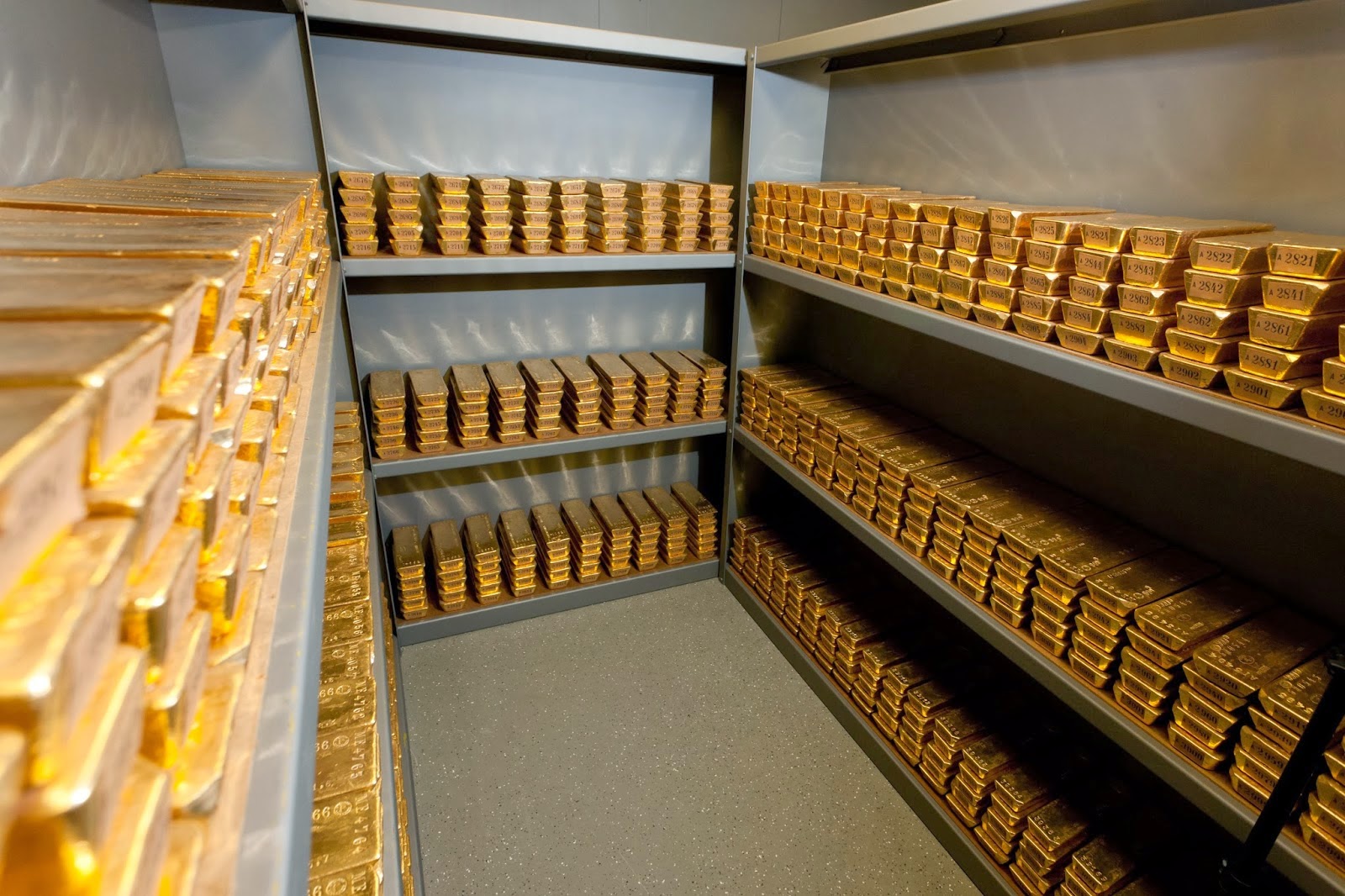45 Views
The RBI’s decision to repatriate 100 tonnes of gold from the UK is a strategic move aimed at optimising the management of its reserves. While further repatriation is anticipated, this action underscores the central bank’s focus on
The Reserve Bank of India (RBI) has commenced the transportation of 100 tonne of its gold reserves from the United Kingdom back to India. This marks the first occasion since 1991 that the RBI has repatriated a portion of its overseas gold reserves to domestic vaults.
Prior to this move, the RBI held approximately 500 tonne of gold abroad and 300 tonne within India. With the repatriation of 100 tonne, the distribution of gold reserves has now achieved a balanced 50-50 split, with 400 tonne each in India and abroad.
There had been considerable speculation among market participants that the decision to bring gold back to India may be influenced by recent geopolitical developments, particularly the US’s derecognition of Russia’s foreign exchange reserves. This sparked concerns that countries might prefer to hold their gold domestically to avoid similar risks.






obviously like your website but you need to test the spelling on quite a few of your posts Several of them are rife with spelling problems and I to find it very troublesome to inform the reality on the other hand Ill certainly come back again